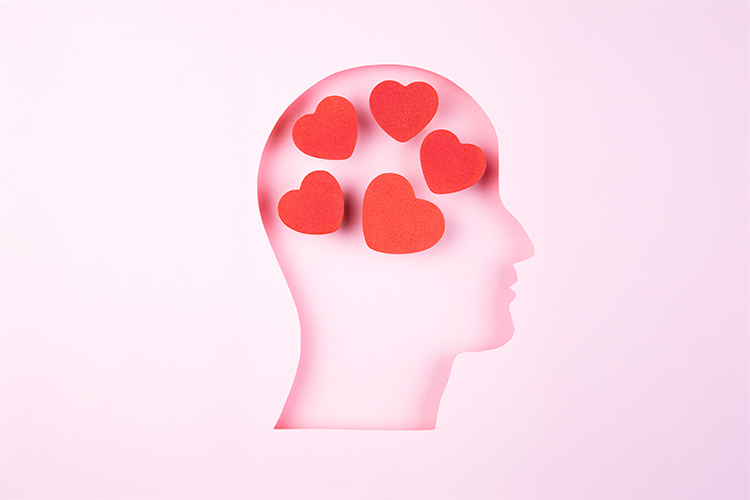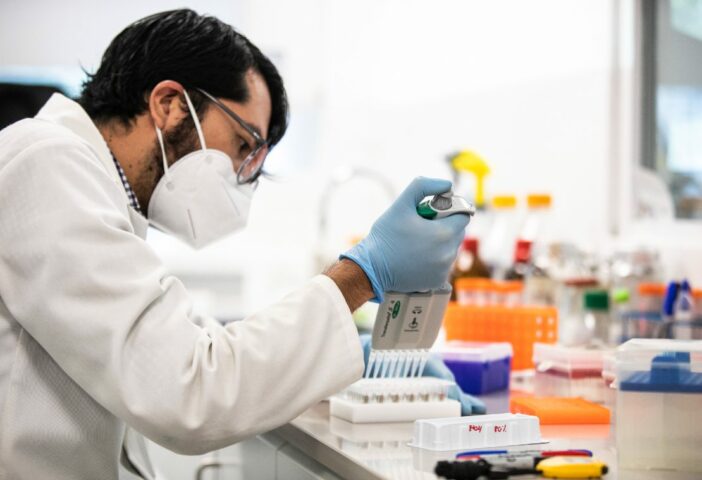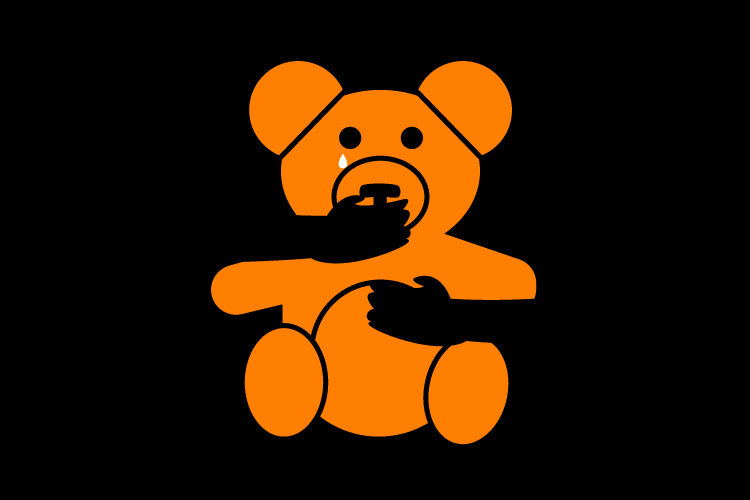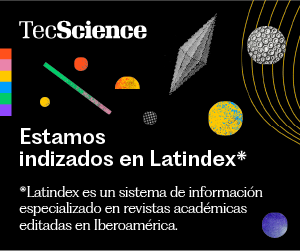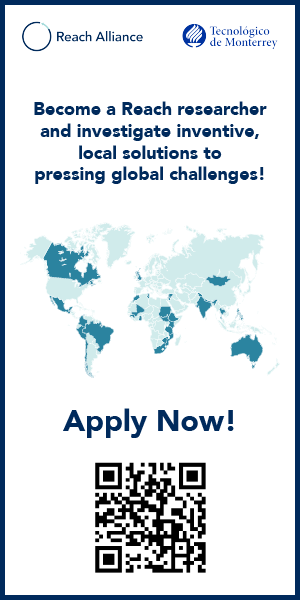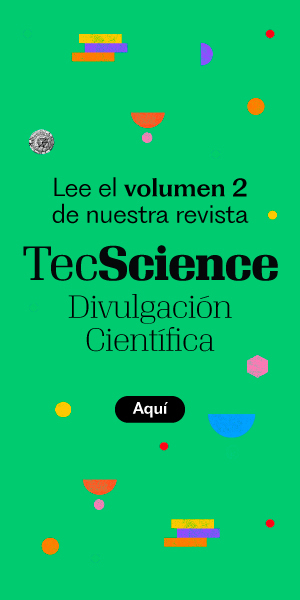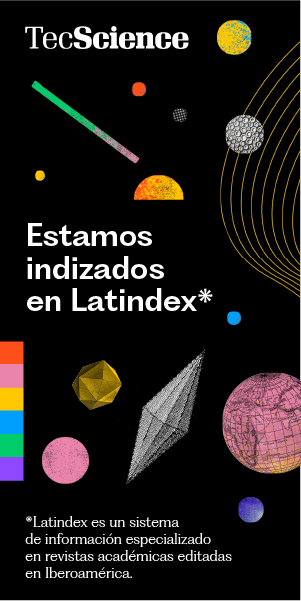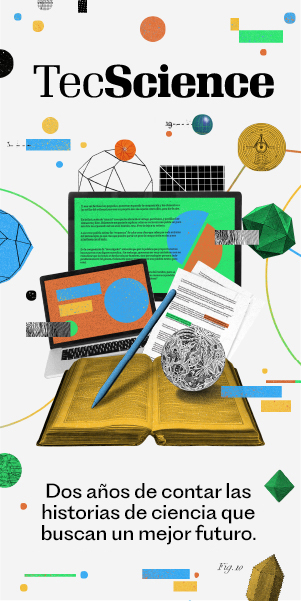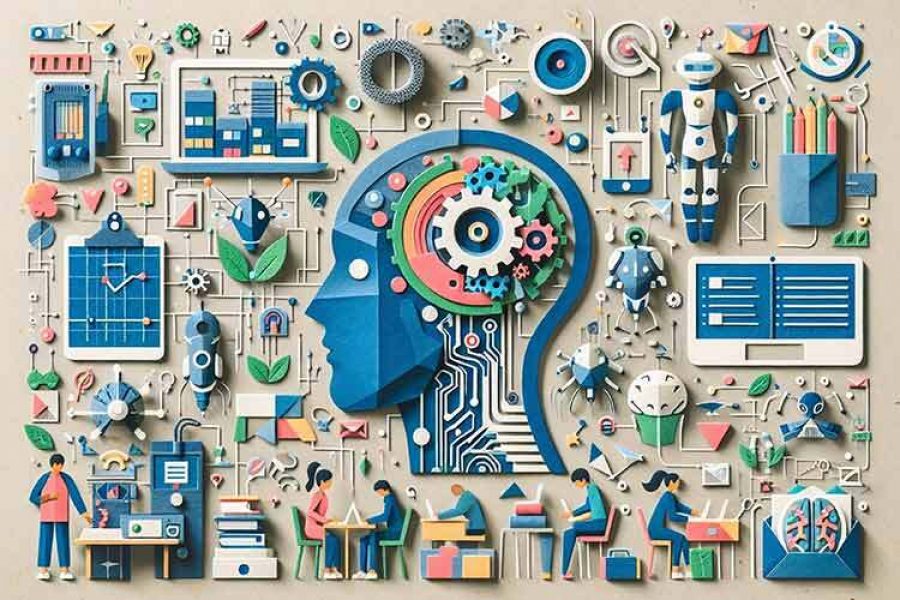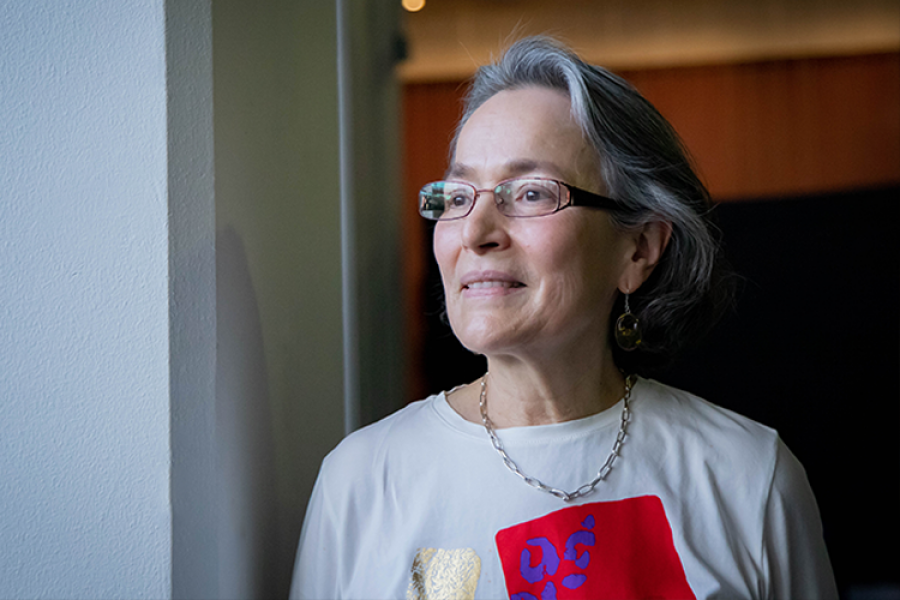The most popular song right now is DTMF (Debí tirar más fotos) by Bad Bunny. The track, which continues to top the Billboard charts week after week, reflects on love and longing with lyrics about missing someone and wishing he had created more memories with them. In response, thousands of social media users have flooded their feeds with pictures of pets, grandparents, and late parents, sending a heartfelt message: I miss you.
Love, according to a groundbreaking neuroscientific study conducted in Finland with the largest participant group to date, is a complex and multifaceted set of biologically grounded and culturally modified phenomena.
Another study from the University of Atlanta describes love as a “powerful emotional experience that is rooted in ancient neurobiological processes shared with other species that pair bond.”
Romantic love remains the most widely studied type of love, followed by parental love. However, research conducted by Aalto University in Finland expanded the focus to explore brain activity responses to other types of affection, including friendships, bonds with pets, and relationships with strangers.
This is What Happens To Our Brains When We Fall In Love, Step by Step
Romantic love involves several stages, beginning with attraction. According to research published in 2023 by the University of Atlanta, romantic interest and mother-infant bonding are interconnected, with the latter being the evolutionary precursor to pair bonding.
“Studies using laboratory-based conflict discussions between romantic partners show that increased quality of parent–child interactions during early life predict positive interactions towards one’s romantic partner (better conflict resolution, less hostility, more warmth), whereas low-quality parent-child relationships predict negative interactions (hostility, anger, manipulation),” shares the study.
Although initial evaluations of potential partners are largely based on visual information, other factors like smell, taste, and touch are crucial in fostering the first stage of attraction. In fact, the sense of touch becomes highly important in the subsequent phases of falling in love and maintaining affective relationships.
The brain will register its first changes upon “meeting” the subject of interest—whether through direct eye contact, a social media photo, or a dating app—with the release of oxytocin and dopamine, two neurotransmitters that are chemical substances. Dopamine enables reward, desire, and pleasure, according to Irving Rodríguez, a neurologist at the Zambrano Hellion Hospital of TecSalud.
“Several factors influence falling in love, especially those the brain already finds familiar. We fall in love with shared hobbies, preferences, and even certain physical features that seem familiar to us,” Rodríguez said.
The brain has “non-negotiables” when it comes to falling in love. For instance, if someone’s smell is unpleasant to another person, or if there’s no physical attraction to their appearance—regardless of whether they meet cultural beauty standards—the likelihood of falling in love decreases.
Similarly, it’s important to remember that attraction and partner selection in humans are subjective and are “often influenced by sociocultural expectations of relationships,” childhood experiences, and previous relationships, as highlighted by the University of Atlanta study.
The Brain’s Reward System: The Winner in the Equation
The next stage involves forming a bond, often facilitated by sexual intimacy or physical connection.
“Hugs, holding hands, and kisses on the cheek are important because we are socially physical beings, which strengthens all our bonds, whether with family or friends,” Rodríguez explains.
The specialist notes that humans have nerves called C fibers, which evolutionarily serve to make us feel part of a group and are primarily found on the back. Romantic love is associated with a significantly stronger and broader activation of the brain’s reward system compared to love for strangers, pets, or nature.
During the process of consolidating a romantic relationship, the dopaminergic system becomes activated, even when a person merely looks at pictures of their partner due to the release of oxytocin. Brain scans also show deactivation in the amygdala and the prefrontal cortex.
How Does Being in Love Affect Our Ability to Make Impartial Decisions?
“During the stage of falling in love, the brain’s more primitive system, the limbic system, suppresses or inhibits the more evolved system, which is the prefrontal region responsible for making judgments,” Rodríguez explains.
Dopamine inhibits the prefrontal or judgment region, which is why this phase of infatuation isn’t considered ideal for studying, Rodríguez jokes, nor for making important decisions requiring objective judgment.
However, he suggests this is the best time for self-discovery because people often dare to do things they might not attempt without this inhibition of judgment. If certain activities previously caused fear, this phase may enable individuals to overcome those fears.
On the other hand, people living with depression often experience a distortion in how they perceive emotions related to infatuation. Rodríguez explains that this frequently leads to mood flattening, emotional numbness, and withdrawal from relationships.
Numerous studies have also confirmed that men and women in the early stages of intense and passionate romantic love exhibit many of the same basic traits associated with addictions. As a result, the lack of better judgment can lead to risky behaviors without consideration of the consequences.
After Infatuation: The Choice Phase
What happens when the dopamine rush in relationships subsides? Many people in love seek to maintain the level of excitement from the early months of attraction and desire. While Rodríguez confirms there’s no definitive consensus on how long this phase lasts, scientific literature indicates it ranges from six months to two years.
“Falling in love is ultimately something that happens over time, and when these six months or two years end, those neurotransmitters decrease. What does persist is oxytocin, which allows us to maintain long-term relationships—not just in humans but also in animals, like penguins,” Rodríguez says.
Oxytocin in relationships belongs to those who nurture it. That is, when the couple-choice phase begins, dedicating time to details becomes essential.
More to Learn About the Brain in Love
Despite increasing studies on the brain’s reactions to love, most research agrees that as of 2025, understanding the human affiliative network remains in its early stages.
Additionally, much of the research emphasizes the need to close the gap regarding the lack of diversity among study subjects in terms of sexual orientation, neurodivergence, and even relational models beyond monogamy to better understand our connections.
Did you find this story interesting? Would you like to publish it? Contact our content editor to learn more at marianaleonm@tec.mx
